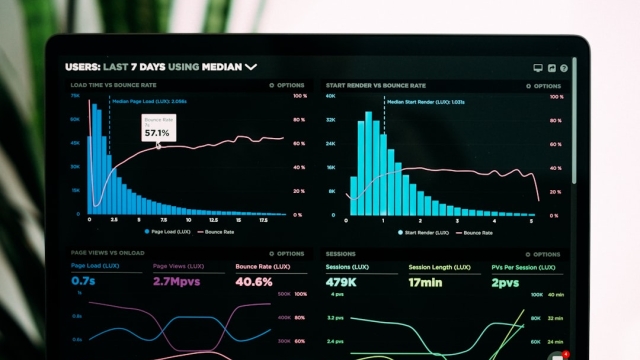Blockchain technology has emerged as a transformative force in the digital landscape, revolutionizing the way data is stored, shared, and secured. By leveraging decentralized networks, blockchain offers enhanced transparency and integrity, making it an attractive option for various applications, including finance, supply chain management, and healthcare. However, as with any technology, the security of blockchain systems is paramount. This article will explore essential blockchain security measures, providing insights into best practices, tools, and strategies to safeguard blockchain applications effectively.
Understanding Blockchain Security: Key Concepts and Importance
At its core, blockchain security revolves around the principles of decentralization, cryptography, and consensus. Each block in a blockchain contains a cryptographic hash of the previous block, creating an immutable chain of data. This structure ensures that once data is recorded, it cannot be altered without consensus from the network participants. The importance of blockchain security cannot be overstated, as vulnerabilities can lead to significant financial losses, data breaches, and erosion of trust among users.
To mitigate risks, it is crucial for both users and developers to understand the potential threats to blockchain systems. Common threats include double spending, 51% attacks, and smart contract vulnerabilities. By being aware of these risks, stakeholders can implement appropriate blockchain security measures to protect their assets and information.
Best Practices for Securing Blockchain Applications
Implementing robust security measures is essential for the success and reliability of blockchain applications. Here are some best practices that can significantly enhance the security of blockchain systems:
- Conduct Regular Security Audits: Periodic audits of the blockchain architecture and smart contracts can help identify vulnerabilities and ensure that security measures are up to date. Engaging third-party security experts can provide an unbiased assessment of potential risks.
- Utilize Multi-Signature Wallets: Multi-signature wallets require multiple private keys to authorize a transaction. This adds an additional layer of security, making it more difficult for unauthorized parties to access funds.
- Implement Strong Encryption: Employing strong encryption techniques for data storage and transmission helps protect sensitive information from unauthorized access and ensures data integrity.
- Educate Users: User education is critical in preventing security breaches. Providing training on recognizing phishing attacks and safe practices can significantly reduce the risk of human error leading to security incidents.
- Limit Access Controls: Restricting access to sensitive blockchain features and data based on user roles can help prevent unauthorized access and potential exploitation of vulnerabilities.
Tools and Technologies for Enhancing Blockchain Security
In addition to best practices, leveraging the right tools and technologies can significantly bolster blockchain security. Various solutions are available to help users and developers enhance their blockchain security posture:
- Blockchain Security Protocols: Protocols such as Proof of Work and Proof of Stake help secure the network by requiring participants to prove their stake in the system, thereby discouraging malicious behavior.
- Smart Contract Testing Tools: Tools like Mythril and Oyente can analyze smart contracts for vulnerabilities, ensuring that they are secure before deployment.
- Intrusion Detection Systems: These systems monitor blockchain networks for suspicious activities and potential attacks, providing alerts and enabling quick responses to security incidents.
- Cold Storage Solutions: Keeping private keys offline in cold storage significantly reduces the risk of unauthorized access and theft, especially for high-value assets.
- Threat Intelligence Platforms: Utilizing threat intelligence can help organizations stay informed about the latest vulnerabilities and attack vectors, allowing them to proactively defend against potential threats.
In conclusion, understanding and implementing effective blockchain security measures is essential for protecting digital assets and maintaining user trust. By adopting best practices and utilizing the right tools, users and developers can significantly reduce the risks associated with blockchain technology. For more insights into blockchain security and related topics, consider exploring resources that delve deeper into this vital area of technology.



